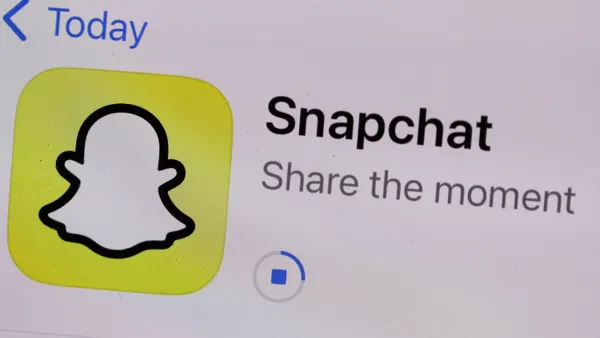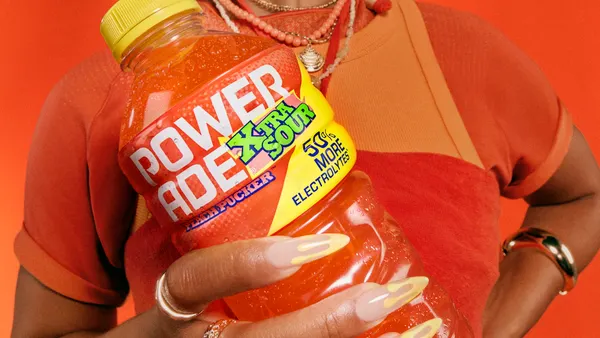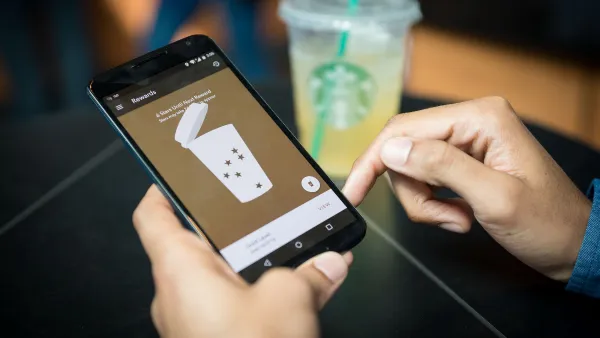Dive Brief:
- Cord-cutting among U.S. households will jump 19% this year as rising cable and satellite bills give consumers another reason to cancel service, per an eMarketer report shared with Marketing Dive. The trend is forecast to continue as the number of cord-cutting households surges by almost 60% from 21.9 million this year to 34.9 million by 2023.
- Satellite TV providers will see the biggest decline with household subscriptions dropping 7.1% this year, ahead of the 4.6% dip for telecom services and 2.4% slide for cable TV. The number of pay TV households will decline by 4.2% to 86.5 million this year, per eMarketer.
- If cord-cutting persists at the current pace, the number of non-pay-TV households will overtake those with pay-TV in the mid-2020s. EMarketer forecasts that the number of non-pay-TV homes will jump 40% from 40.2 million this year to 56.1 million in 2023. Meanwhile, the number of pay-TV households will move in the opposite direction, slumping 16% from 86.5 million this year to 72.7 million by 2023.
Dive Insight:
The ongoing cord-cutting trend means that marketers will have to change their strategies to reach target audiences who have more viewing options among digital media. Audiences not only are shifting their viewing habits to streaming services like Netflix and Hulu, but also are spending time with social media, video games and video-sharing sites like YouTube and Twitch. Major media companies like Disney, Comcast's NBCUniversal, AT&T's WarnerMedia and Viacom are supporting the cord-cutting trend with a growing menu of over-the-top (OTT) services.
Some of the (OTT) services are ad-free like Netflix and Apple's upcoming Apple TV Plus, while others have ad inserts that give marketers a way to reach viewers. Disney-owned Hulu, for example, offers an ad-supported plan for $5.99 a month, about half the price of its ad-free version. About 70% of its 82 million users are on the ad-supported plan, Variety reported in May, and the company generated $1.5 billion in ad revenue last year. Roku's Roku Channel, Amazon's IMDb TV, Walmart's Vudu, Viacom's Pluto TV, Xumo and Tubi also reach viewers with free, ad-supported streaming TV services, per Digiday.
The growth of ad-free services like Netflix has pushed marketers to be more inventive about promotional strategies such as brand tie-ins and product placements. For example, Coca-Cola resurrected New Coke, a reformulation of its signature soft drink that debuted in 1985 and was shelved a mere 79 days later, as part of a tie-in with the hit Netflix series "Stranger Things." Bike maker Schwinn also tapped into its prominence on the show as the main characters' preferred choice of transportation for promotional purposes.
For cable and satellite companies, the cord-cutting trend is a mixed blessing, depending on whom you ask. Michael Nathanson, an analyst at MoffettNathanson Research, recently described the cord-cutting trend as "freaking ugly" as Comcast, AT&T and Charter Communications reported the loss of 1.25 million subscribers in the second quarter.
EMarketer's forecasting analyst Eric Haggstrom is more sanguine in his report on cord-cutting. He said that pay-TV providers are having trouble turning a profit on some TV subscriptions, leading them to raise prices that many consumers are rejecting. However, broadband access that feeds OTT content into homes is a higher-margin business for cable and satellite companies.
Cord-cutting is also driven by the shift in viewership to mobile devices that don't require a cable or satellite subscription, especially among younger demographic groups like millennials and Gen Z. U.S. adults spend about 40% of their daily digital video viewing time on mobile devices, reaching about 40 minutes a day, eMarketer said in a separate report. The researcher estimated that the average time spent on mobile devices will grow 3.7% this year to 3 hours and 43 minutes a day, surpassing the 3 hours and 35 minutes spent watching TV.
Streaming services face limits on what consumers are willing to spending each month for content, which will only heighten the rivalry among media and tech companies. People prefer to spend $21 a month for all their streaming services, according to a Hollywood Reporter/Morning Consult survey of U.S. adults. That price cap means that new entrants into the video streaming market, such as Disney and Apple, will need a compelling value proposition to lure new viewers.












